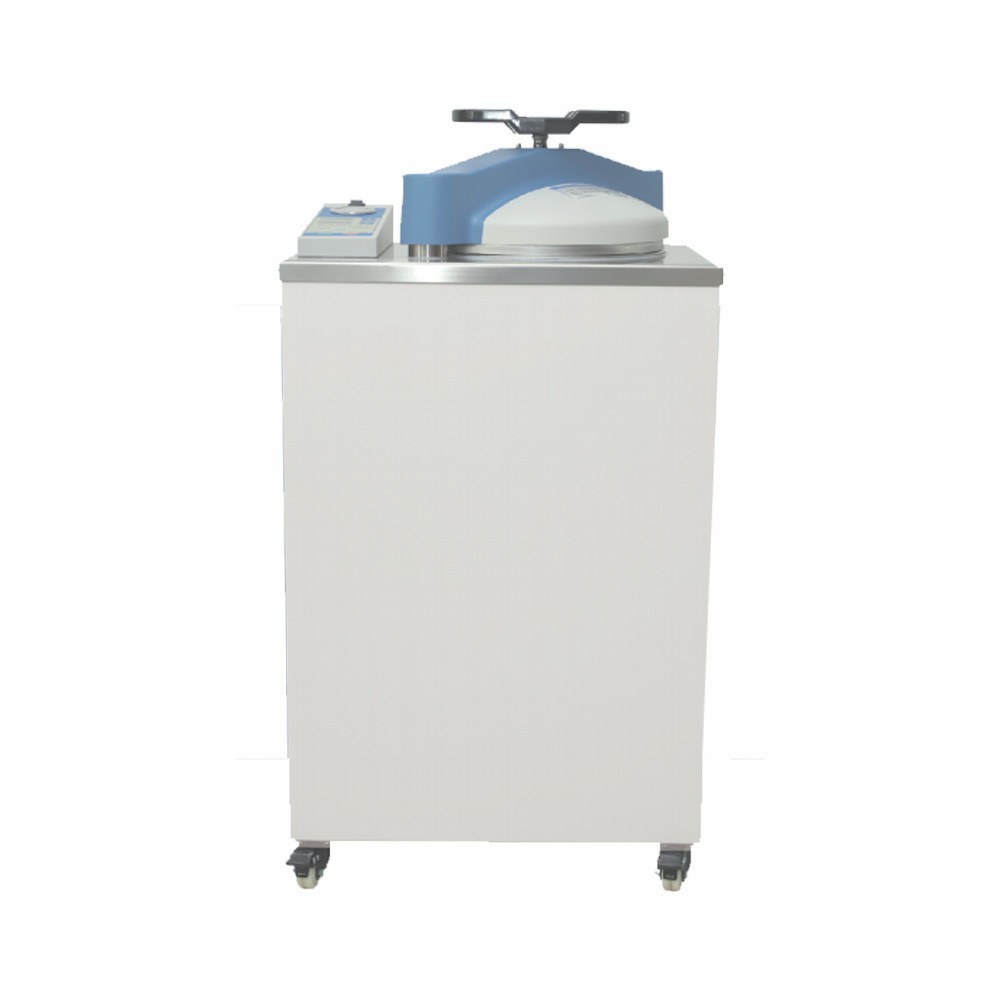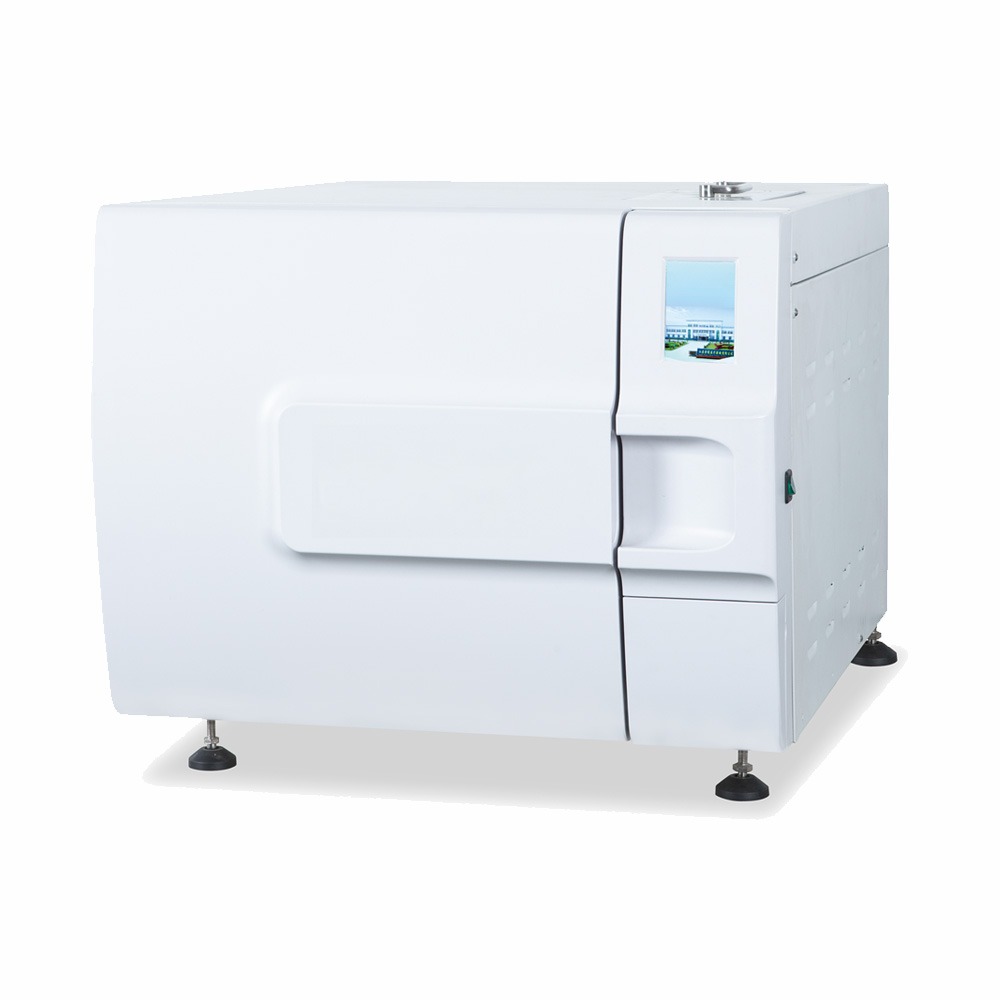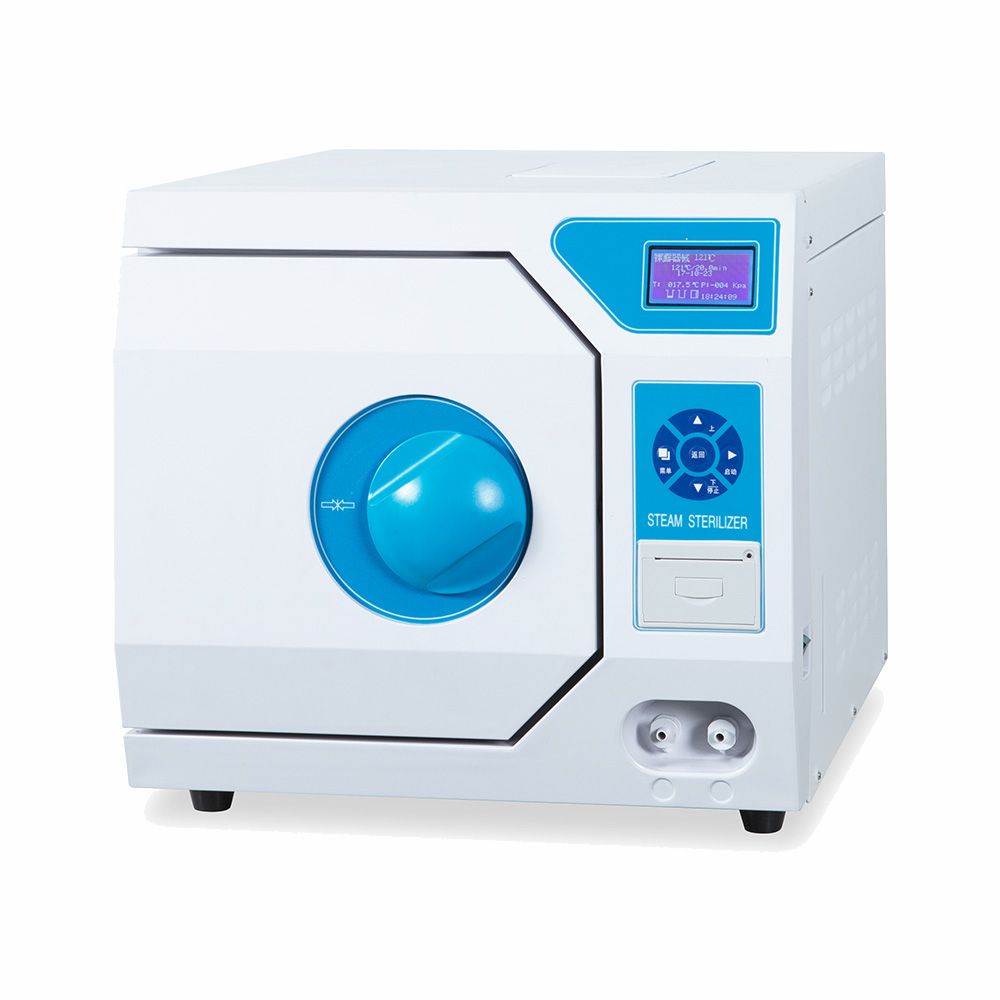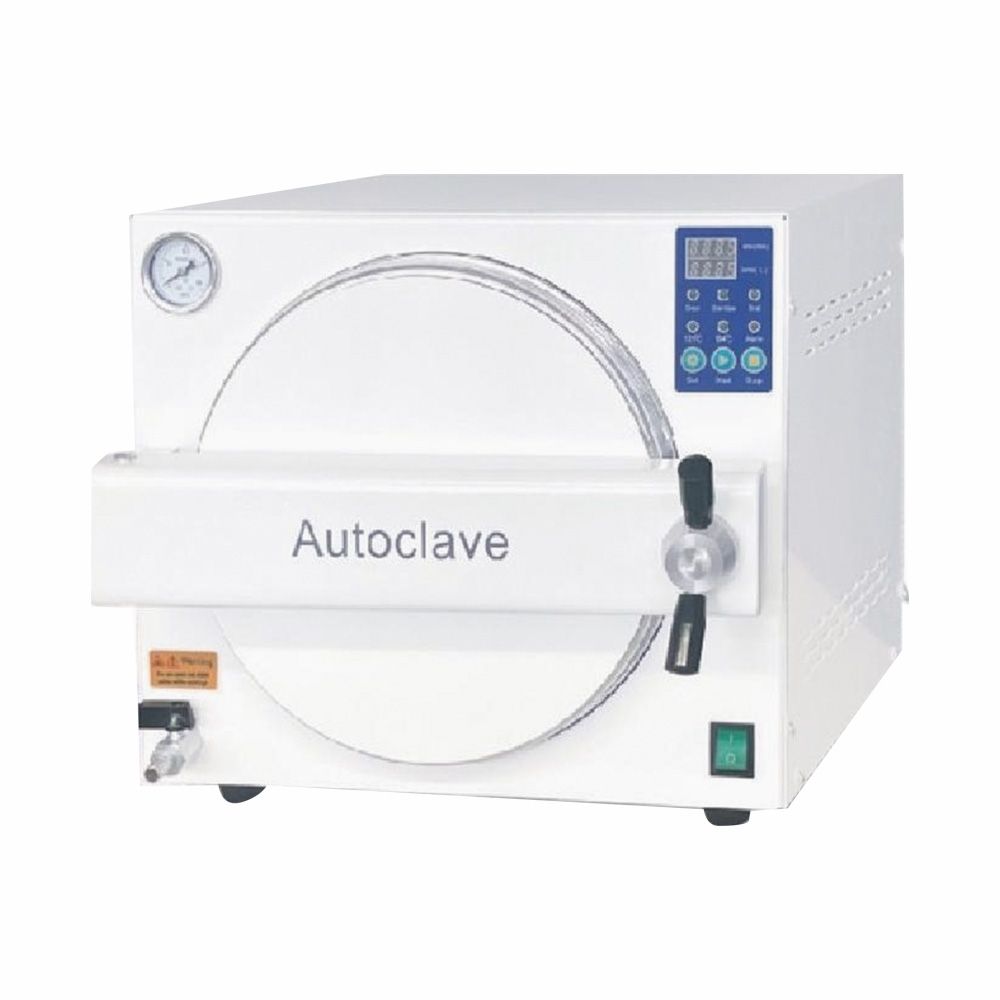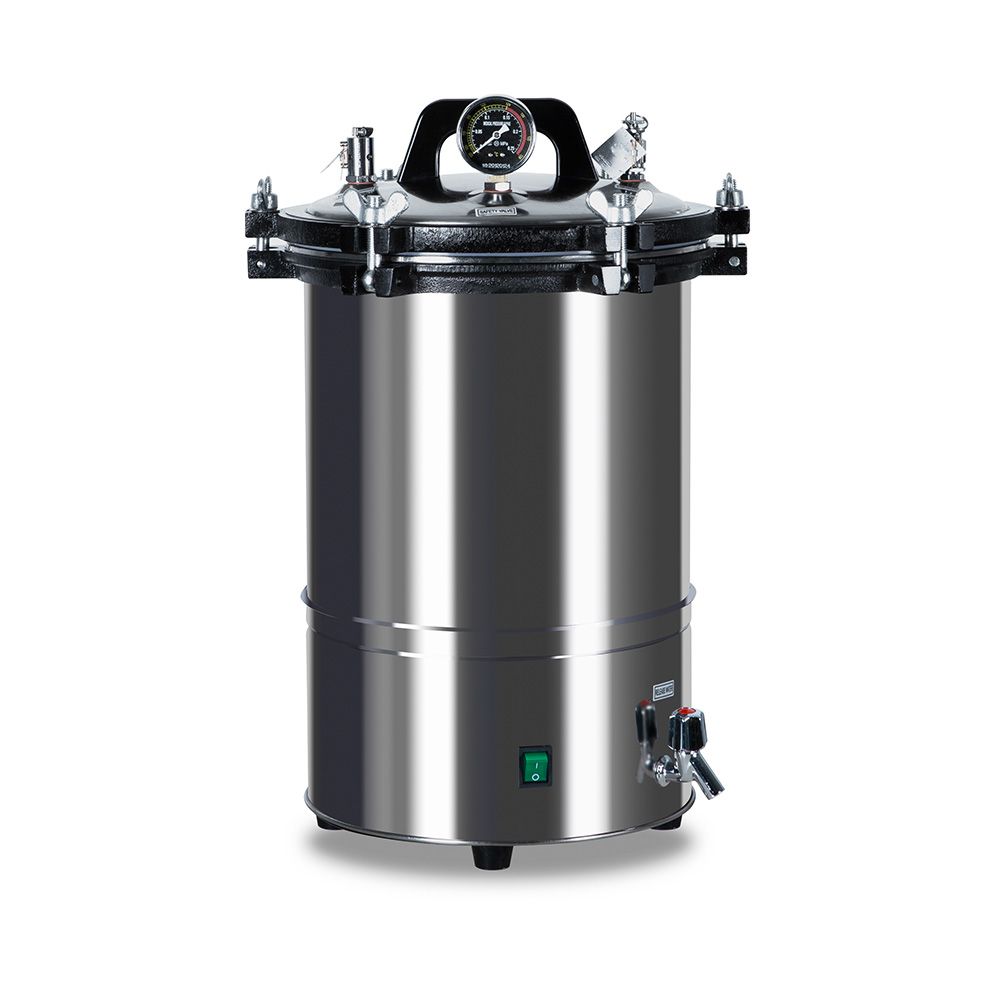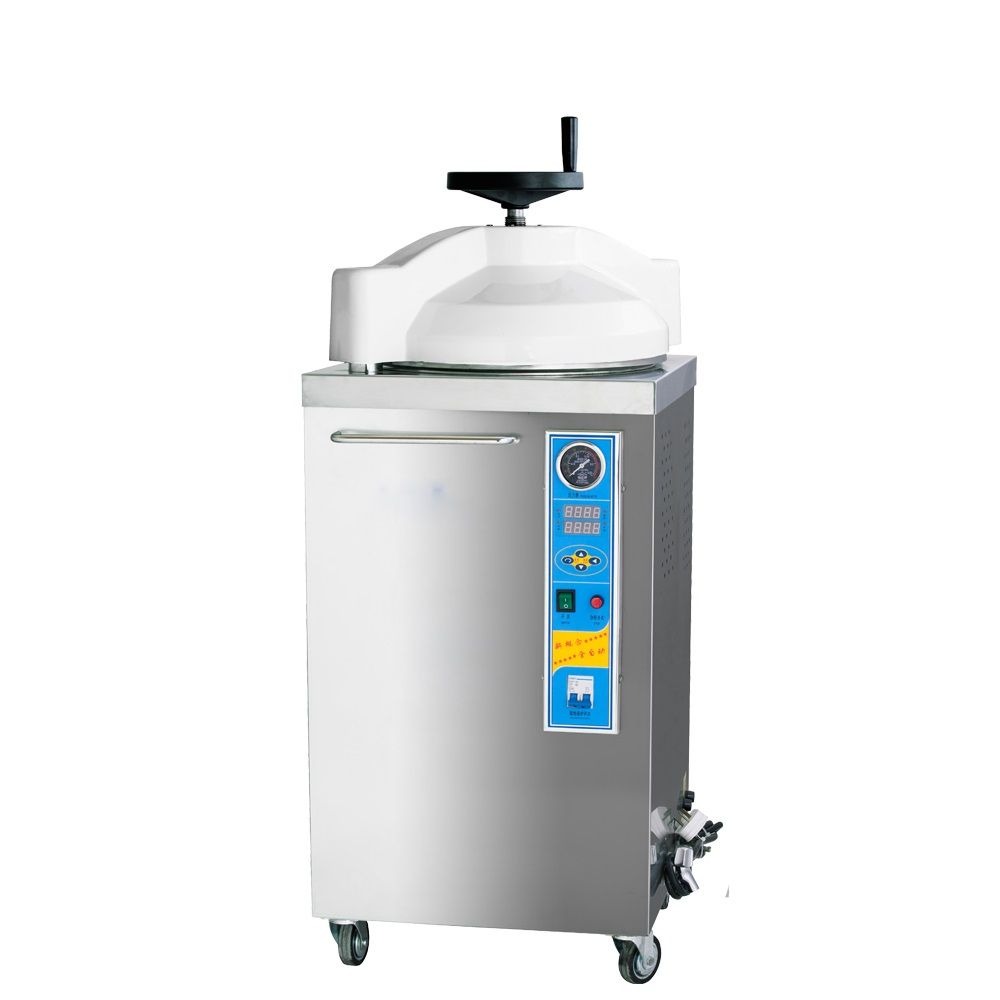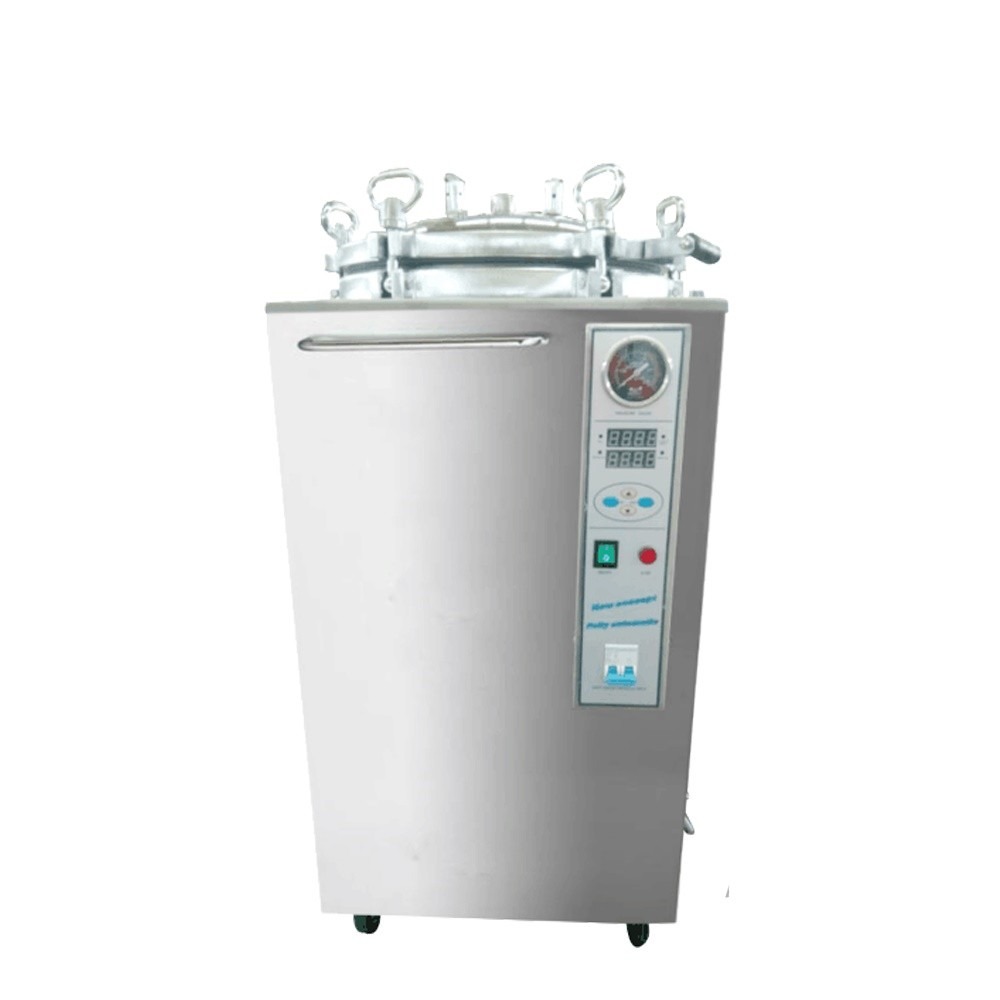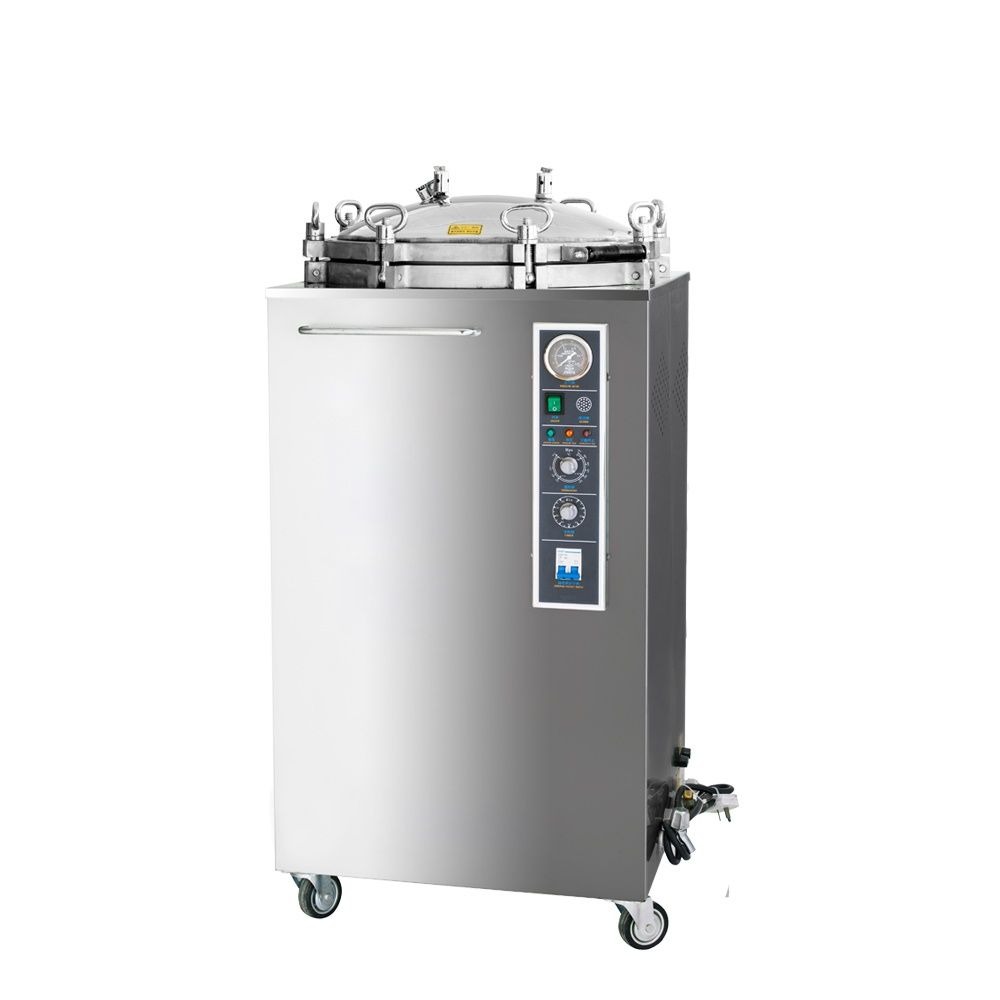As the core sterilization equipment in the medical, laboratory and pharmaceutical industries, the sterilization effect of the autoclave is directly related to the safety of the equipment and the reliability of the experimental results. According to statistics, there are more than 500,000 cases of hospital infection caused by incomplete sterilization each year in the world, of which about 15% are related to improper sterilization parameter settings. This article will start from the sterilization principle, systematically analyze the key factors affecting the sterilization effect, and elaborate on the operating specifications of the mainstream verification methods to provide guidance for practitioners.

Principles of Autoclave Sterilization
Autoclaves operate based on the principle of moist heat sterilization, where pressurized steam is used to transfer heat efficiently to the load, killing microorganisms through denaturation of proteins and destruction of cellular structures.
Key components of autoclave operation include:
- Steam: Saturated steam provides the most efficient transfer of thermal energy.
- Pressure: Increasing pressure raises the boiling point of water, allowing for higher sterilization temperatures.
- Temperature and Time: Standard cycles typically involve temperatures of 121°C to 134°C for durations ranging from 15 to 30 minutes, depending on the load type.
The combination of these factors ensures the complete inactivation of all microorganisms, including heat-resistant spores. This process requires strict adherence to the temperature-pressure-time synergy. For instance, a 1°C temperature drop necessitates a 2.5× longer sterilization time to achieve equivalent efficacy, highlighting the precision required in parameter control.
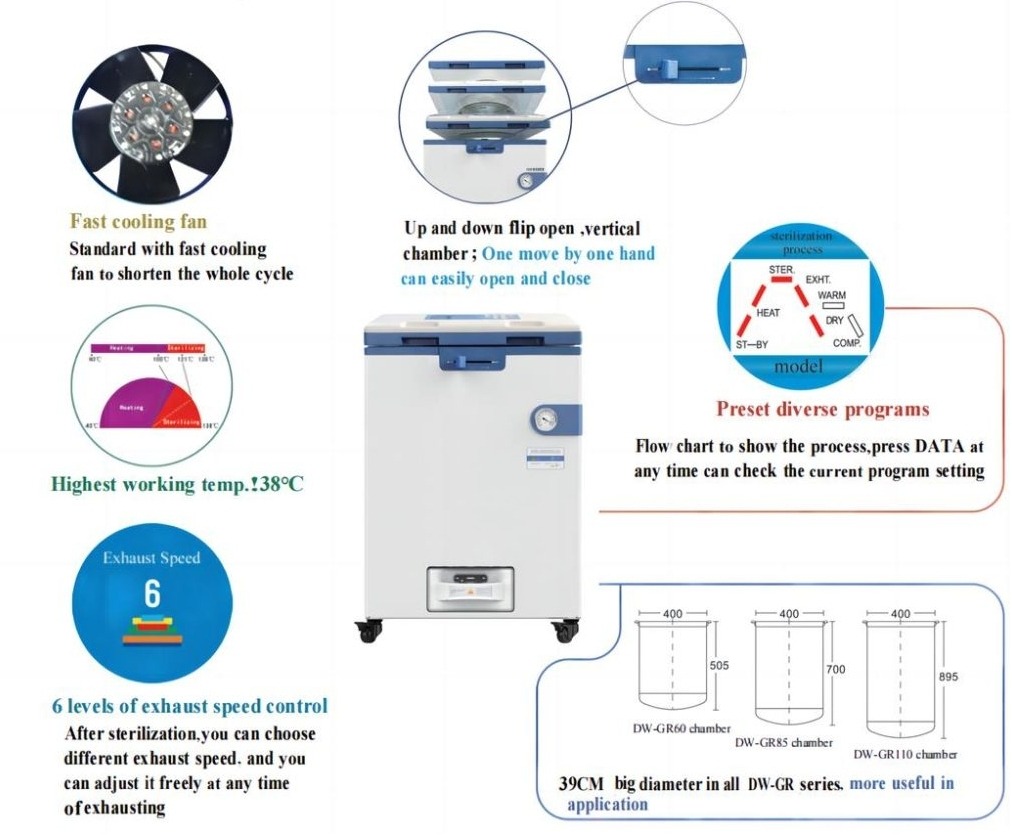
Factors Influencing Sterilization Effectiveness
Achieving reliable autoclave sterilization depends on careful control of several key factors. Deviations from optimal parameters can significantly compromise the sterilization process, leading to potentially serious consequences.
1. Temperature:
Temperature is a crucial factor in autoclave sterilization. Insufficient temperature can lead to incomplete microbial inactivation, while excessive heat may damage delicate materials.
The effectiveness of moist heat sterilization is directly related to the temperature achieved. Higher temperatures result in more rapid denaturation of microbial proteins and other essential cellular components. Specific sterilization temperatures are recommended based on the type of load and the targeted microorganisms. For example, a standard sterilization temperature is 121°C (250°F), although higher temperatures, such as 132°C (270°F) or 134°C (273°F), may be used for certain applications. Precise temperature monitoring and control are essential to ensure that the sterilization temperature is reached and maintained throughout the sterilization cycle.
2. Pressure:
Pressure indirectly affects temperature by maintaining the vapor phase.
Pressure itself is not the sterilizing agent; rather, it allows water to reach higher temperatures in the form of saturated steam. Increased pressure raises the boiling point of water, enabling the autoclave to achieve the high temperatures necessary for effective sterilization. A specific pressure corresponds to a specific temperature of saturated steam. For example, a pressure of 15 psi (pounds per square inch) above atmospheric pressure typically corresponds to a temperature of 121°C (250°F).
Pressures exceeding 150 kPa may damage the rubber seal and cause steam leakage. Accurate pressure monitoring is essential to ensure that the desired sterilization temperature is attained.
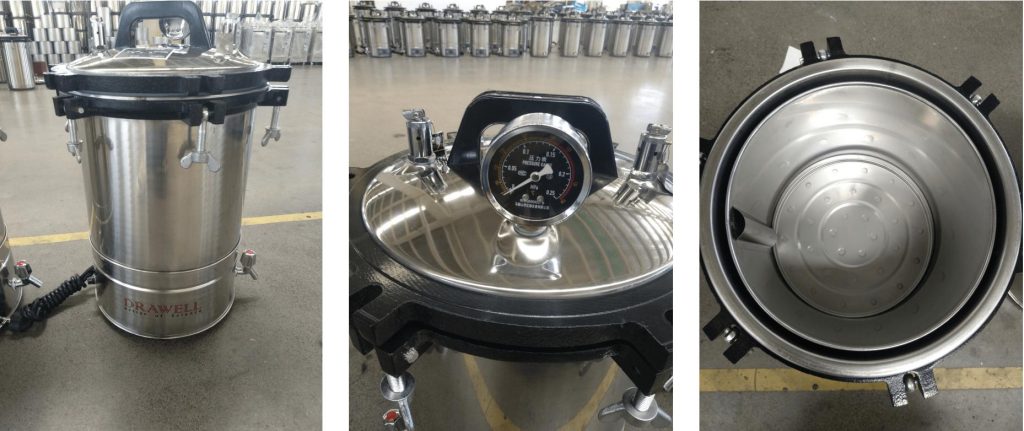
3. Exposure Time:
Exposure time, the duration for which the items being sterilized are exposed to the sterilizing temperature and pressure, is a critical determinant of sterilization effectiveness. The exposure time includes three stages: heating, sterilization, and cooling, and only the sterilization stage is counted into the effective time.
The length of exposure time required for effective sterilization depends on several factors, including the type and number of microorganisms present (bioburden), the type of material being sterilized, and the sterilization temperature. Longer exposure times are generally needed to inactivate more resistant microorganisms, such as bacterial spores. For a 30 cm diameter fabric bag, an additional 5 minutes are required to reach 121°C in the center.
Standard sterilization cycles typically involve holding the load at the target temperature and pressure for a specific duration, such as 15-30 minutes at 121°C (250°F). However, specific exposure times may vary depending on the specific application and the recommendations of the autoclave manufacturer.
4. Steam Quality:
The quality of steam affects heat transfer efficiency. Dry saturated steam is essential for optimal sterilization. Steam dryness fraction must be ≥97%. Too high water content will reduce heat transfer efficiency.
Saturated steam, which contains the maximum amount of water vapor possible at a given temperature and pressure, is the ideal sterilizing agent. Superheated steam, which behaves like a dry gas, is less effective because it lacks the latent heat of vaporization necessary for efficient heat transfer and microbial inactivation. The presence of air in the autoclave chamber can also interfere with steam penetration and reduce sterilization effectiveness. Air acts as an insulator, reducing the effective temperature and hindering the condensation of steam, which is essential for transferring heat to the load.
Regular checks for steam purity and air leaks to maintain proper steam quality is critical for effective autoclave sterilization.

5. Load Configuration and Material Type:
The load density within the autoclave and material thermal conductivity directly affect vapor penetration.
Overcrowding the autoclave chamber can hinder steam penetration and compromise sterilization. Items should be arranged loosely, allowing for adequate steam circulation.
The type of material being sterilized also influences sterilization parameters. Some materials, such as porous loads, may require longer sterilization times or specific packaging to ensure steam penetration. The sterilization time of stainless steel instruments can be shortened by 30% compared with polyethylene plastic. Packaging materials must also be compatible with autoclave sterilization and allow for steam penetration while maintaining sterility after the sterilization process. Paper-plastic packaging bags must leave a gap of ≥2 cm, and multi-layer textile bags must not exceed 30×30×50 cm.
Proper loading techniques and the use of appropriate packaging materials are crucial for achieving sterility.
6. Equipment Maintenance:
Poorly maintained autoclaves can lead to operational failures and compromised sterilization. Routine maintenance ensures consistent performance and prolongs equipment lifespan.
Autoclaves are complex pieces of equipment that require regular maintenance to ensure optimal performance. This includes checking and cleaning the chamber, inspecting gaskets and seals for wear and tear, and calibrating temperature and pressure gauges. Regular maintenance helps prevent malfunctions and ensures that the autoclave operates according to manufacturer specifications. Calibration of temperature and pressure gauges is particularly important to guarantee accurate sterilization parameters.
By addressing these factors, professionals can ensure that autoclave sterilization processes meet the highest standards of reliability and effectiveness.
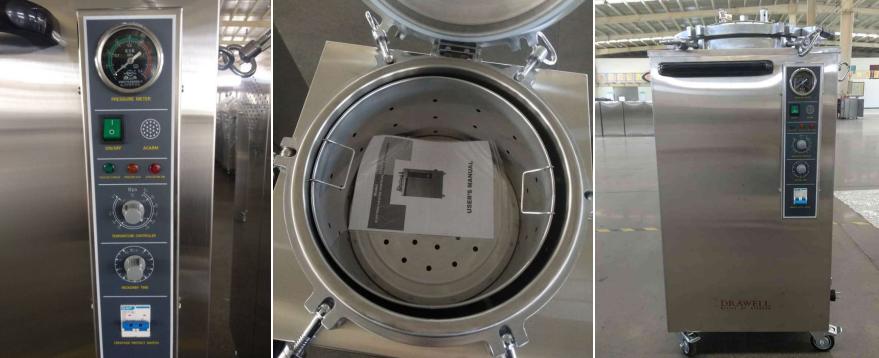
Verification Methods for Autoclave Sterilization
To ensure thorough sterilization, multiple methods are required to verify the effect. Several methods are available for this purpose, including biological indicators, chemical indicators, and physical indicators.
1. Biological Indicators (BIs):
Biological indicators (BIs) are considered the gold standard for verifying autoclave sterilization. They provide a direct measure of the lethality of the sterilization process.
BIs contain highly resistant bacterial spores, typically Geobacillus stearothermophilus for steam sterilization. They are placed within the load being sterilized and, after the sterilization cycle, are incubated to determine if the spores have been inactivated. If the spores are killed, no growth will be observed in the BI culture. Growth indicates a failure of the sterilization process. BIs provide the most reliable indication of sterilization effectiveness because they directly assess the inactivation of highly resistant microorganisms.
2. Chemical Indicators (CIs):
Chemical indicators (CIs) provide a visual indication of exposure to specific sterilization conditions, such as temperature, pressure, and time.
CIs are available in various forms, including strips, tapes, and integrating indicators. They change color or form when exposed to the specified sterilization parameters. For example, some CIs change color when exposed to a specific temperature for a certain time. CIs can be used for routine monitoring of autoclave cycles and for load control, indicating whether a load has been processed. However, CIs do not provide a direct measure of sterility; they only indicate that the load has been exposed to the required sterilization conditions.
3. Physical Indicators:
Physical indicators, such as temperature and pressure gauges on the autoclave itself, provide a visual indication of the parameters achieved during the sterilization cycle.
These indicators allow operators to monitor the temperature and pressure within the autoclave chamber during the sterilization cycle. They provide real-time information about the sterilization conditions and help ensure that the required parameters are met.
However, physical indicators alone do not guarantee sterility. They simply indicate that the autoclave reached the specified temperature and pressure. Physical indicators should be used in conjunction with other verification methods, such as biological and chemical indicators, to confirm sterility.
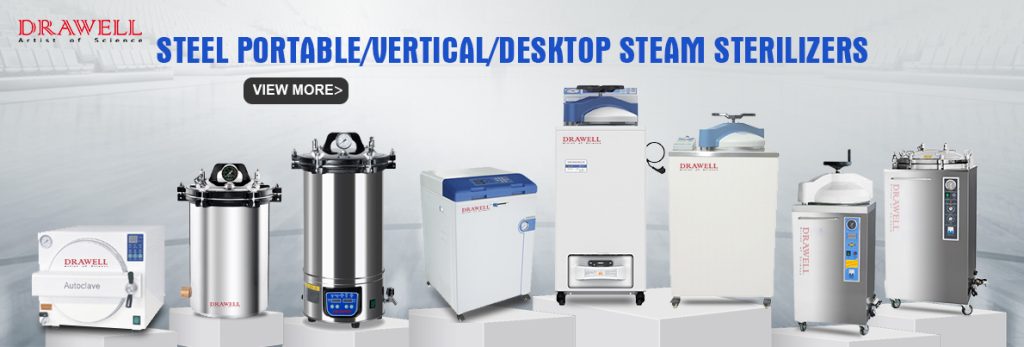
Best Practices for Autoclave Sterilization
Achieving consistent and reliable autoclave sterilization requires adherence to best practices. These include:
- Proper Loading: Ensure that items are arranged loosely within the autoclave to allow for adequate steam penetration. Avoid overcrowding the chamber.
- Use of Appropriate Packaging: Select packaging materials that are compatible with autoclave sterilization and allow for steam penetration while maintaining sterility after the process.
- Regular Maintenance and Calibration: Perform regular maintenance and calibration of the autoclave according to the manufacturer’s recommendations. This includes checking and cleaning the chamber, inspecting gaskets and seals, and calibrating temperature and pressure gauges.
- Use of Indicators: Employ biological indicators (BIs) regularly to verify the effectiveness of the sterilization process. Use chemical indicators (CIs) for routine monitoring of autoclave cycles and load control.
- Proper Sterilization Cycles: Select the appropriate sterilization cycle based on the type of load and the targeted microorganisms. Adhere to recommended sterilization temperatures, pressures, and exposure times.
- Steam Quality Monitoring: Regularly check the quality of the steam used in the autoclave. Ensure that the steam is dry and saturated and free from contaminants.
- Record Keeping: Maintain detailed records of each sterilization cycle, including the date, time, load contents, indicator results, and maintenance activities. This documentation is essential for quality control and traceability.
- Training: Ensure that all personnel involved in autoclave operation and sterilization procedures are adequately trained and understand the principles of autoclave sterilization, the factors influencing its effectiveness, and the proper use of verification methods.
- Following Manufacturer’s Instructions: Always follow the specific instructions provided by the autoclave manufacturer for operation, maintenance, and sterilization cycles.
By adhering to these best practices, healthcare facilities, research laboratories, and other settings can ensure the consistent and reliable achievement of sterility through autoclave sterilization, safeguarding both patients and research outcomes.

